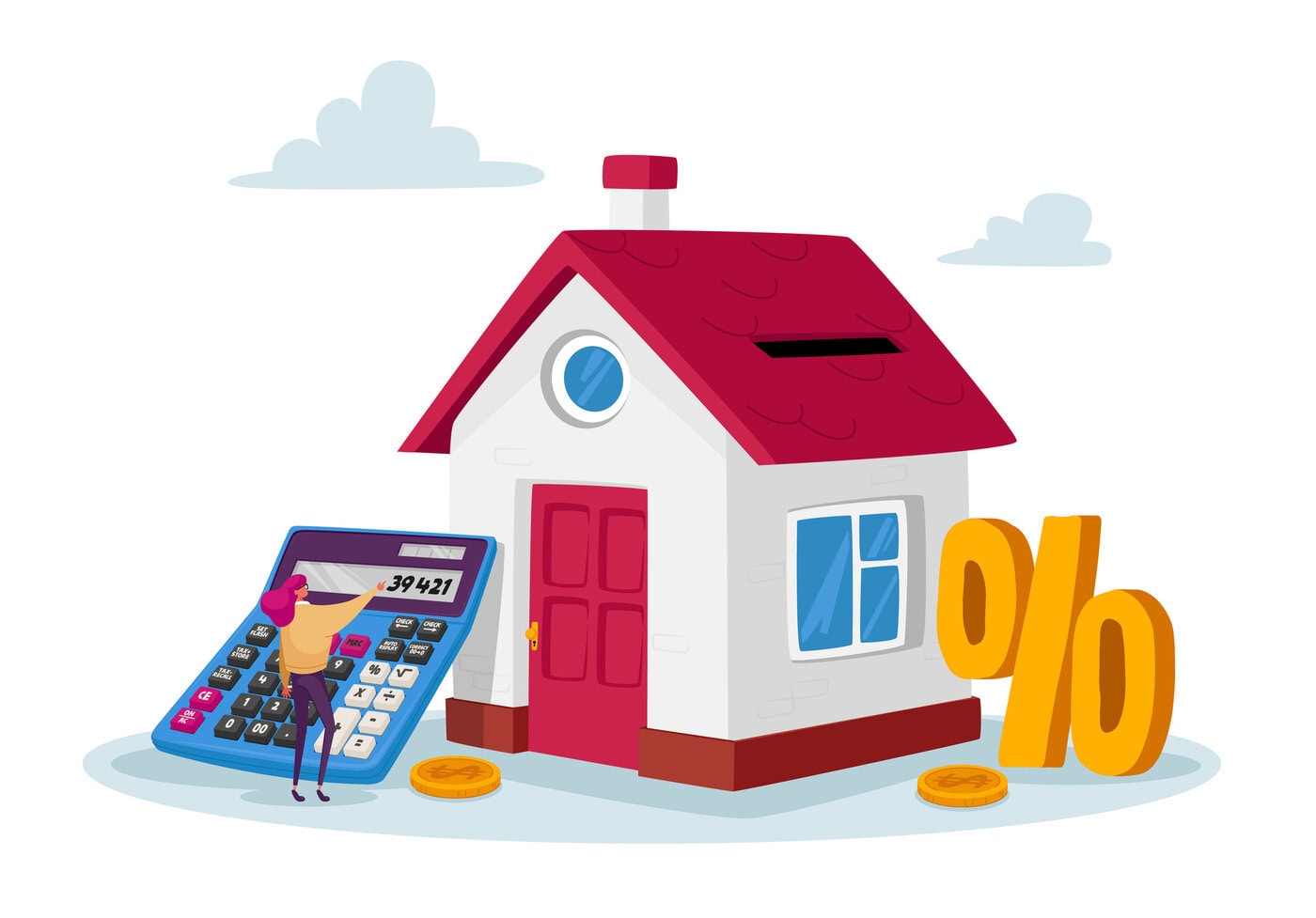Comparing and Calculating Cost of Living

When you’re looking for a place to settle down and purchase a home, the cost of living is a crucial factor to consider. It impacts everything from housing affordability to daily expenses like groceries and transportation. Understanding how to compare and calculate the cost of living can help you make informed financial decisions.
What is the Cost of Living?
Cost of living refers to the amount of money required to maintain a certain standard of living in a specific location. It includes essential expenses such as:
- Housing: Rent or mortgage payments, property taxes, and utilities
- Food: Groceries and dining out
- Transportation: Gas, public transit, and vehicle maintenance
- Healthcare: Insurance, doctor visits, and medication
- Taxes: Income, sales, and property taxes
- Education: Tuition, childcare, and school supplies
- Entertainment and Miscellaneous Expenses: Activities, clothing, and personal care items
Factors That Influence Cost of Living
Several factors contribute to variations in the cost of living between cities and regions:
- Location: Urban areas typically have higher costs than rural areas.
- Supply and Demand: High demand for housing in desirable cities drives up rent and property prices.
- Local Economy and Wages: Areas with higher wages often have a higher cost of living.
- Taxes and Regulations: State and local tax policies affect the overall expenses for residents.
- Climate and Geography: Costs for utilities, transportation, and food can vary based on climate and accessibility.
How to Compare Cost of Living Between Cities
To compare the cost of living between different locations, consider these methods:
- Cost of Living Index: Various organizations publish cost of living indexes that compare expenses in different cities. A baseline city (often set at 100) is used to measure relative costs.
- Online Cost of Living Calculators: Websites such as Numbeo, NerdWallet, and the U.S. Bureau of Economic Analysis provide tools to compare expenses across cities.
- Local Price Comparisons: Researching local rent prices, grocery costs, and utility rates can offer a clearer picture of expenses.
- Wage Adjustments: Comparing salaries in different cities ensures that income aligns with living expenses.
How to Calculate Your Own Cost of Living
To estimate your cost of living, follow these steps:
- List Monthly Expenses: Include housing, utilities, food, transportation, insurance, entertainment, and savings.
- Research Local Costs: Use online resources and local data to determine average costs in a potential location.
- Compare Net Income: Calculate take-home pay after taxes to ensure it covers necessary expenses.
- Consider Future Inflation: Adjust for potential cost increases over time, especially for housing and healthcare.
Understanding the cost of living is essential for budgeting, financial planning, and making relocation decisions. By using available tools and methods to compare expenses, you can make informed choices about where to live based on affordability and quality of life. Whether moving to a new city or evaluating current financial health, calculating the cost of living will make sure you’re better financially prepared.
Ready to make a move? Find a Summit Loan Officer to get started.


